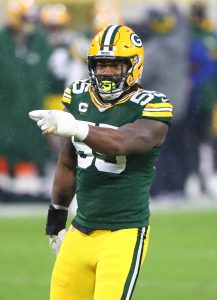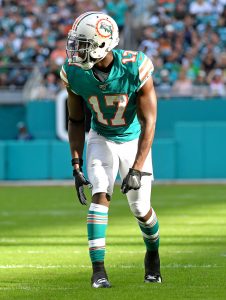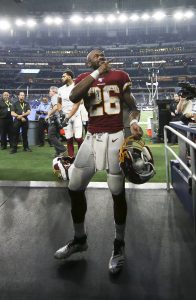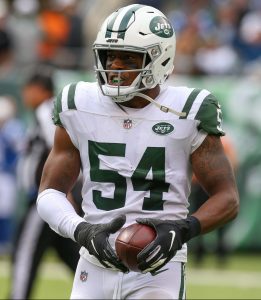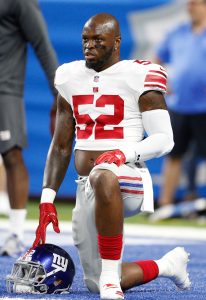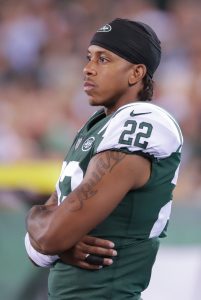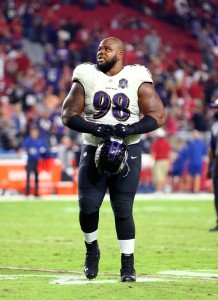In the week before the 2021 NFL Draft, the Baltimore Ravens gave in to the wishes of Pro Bowl offensive tackle Orlando Brown Jr. and traded him away to the Chiefs. This trade left a hole on the Ravens’ offensive line opposite All-Pro left tackle Ronnie Stanley. To address this issue, the Ravens signed Alejandro Villanueva, a free agent whom the Steelers felt ready to move on from. 
After not falling in love with any of the tackles the Draft had to offer at their position in the early rounds, Baltimore opted for a stopgap solution, signing Villanueva to a two-year deal worth $14MM. Villanueva had performed admirably over his sevens years in Pittsburgh, but was never really considered an elite tackle. His best years saw him make consecutive Pro Bowls in the 2017 and 2018 NFL seasons.
As a Raven, Villanueva did his job, and then was asked to do more. After four years of starting at left tackle as a Steeler, Villanueva struggled initially when asked to fill in at right tackle. He got to go back to his more natural position after ankle surgery sidelined Stanley for the all but one game of the 2021 season.
Villanueva had an up and down year. Often Villanueva’s age showed during some rough outings, but the 33-year-old showed some resiliency, playing through some discomfort knowing that another absence for the injury-devastated Ravens could spell disaster. He seemed to find his footing with time, though, playing a pretty good stretch of football to end the season.
But was Villanueva’s performance in 2021 worthy of a $9.25MM cap hit in 2022? Likely not. The Ravens will hope for a strong return for Stanley and they signed Ja’Wuan James to a low $9MM, two-year contract knowing that he likely would be out with a torn Achilles tendon for much of the 2021 season. The likeliest scenario sees Baltimore cutting Villanueva loose to rely on a combination of Stanley and James to bookend the offensive line. The Ravens also recently signed utility offensive lineman Patrick Mekari to a three-year extension. The former undrafted free agent has started at all three offensive line positions for Baltimore and could continue to fill in at right tackle until the next franchise tackle shows up.
Baltimore could also opt to address the position in the 2022 NFL Draft. While, with the 14th overall pick, the Ravens are not in a position to take one of the Draft’s more exciting tackle prospects like NC State’s Ikem Ekwonu or Alabama’s Evan Neal, if Mississippi State’s Charles Cross were to fall to Baltimore, the Ravens, who are known for drafting for value over fit, would likely find it hard to pass on Cross’s potential. Cross, who ranks as the 8th best Draft prospect on The Athletic’s Dane Brugler’s Top 100, impresses many evaluators, but, reportedly, hasn’t convinced the entire league that he’s a top ten draft pick. If the Ravens were to trade back later into the first round, another common move by the draft-savvy franchise, they could find smaller school prospects like Northern Iowa’s Trevor Penning or Central Michigan’s Bernhard Raimann falling into their laps. They could even wait until their second-round or third-round selections come up and opt to take a flyer on Minnesota’s massive Daniel Faalele or Ohio State’s Nicholas Petit-Frere, respectively.
Regardless, most paths that make sense for Baltimore don’t entail the team stomaching a $9.25MM cap hit for a tackle that struggled much of the year for them. Turning 34 at the beginning of the 2022 season, Villanueva could save the Ravens the trouble and simply retire. Whether retired or released, it wouldn’t be a surprise if we don’t see Villanueva in purple and black next season.
